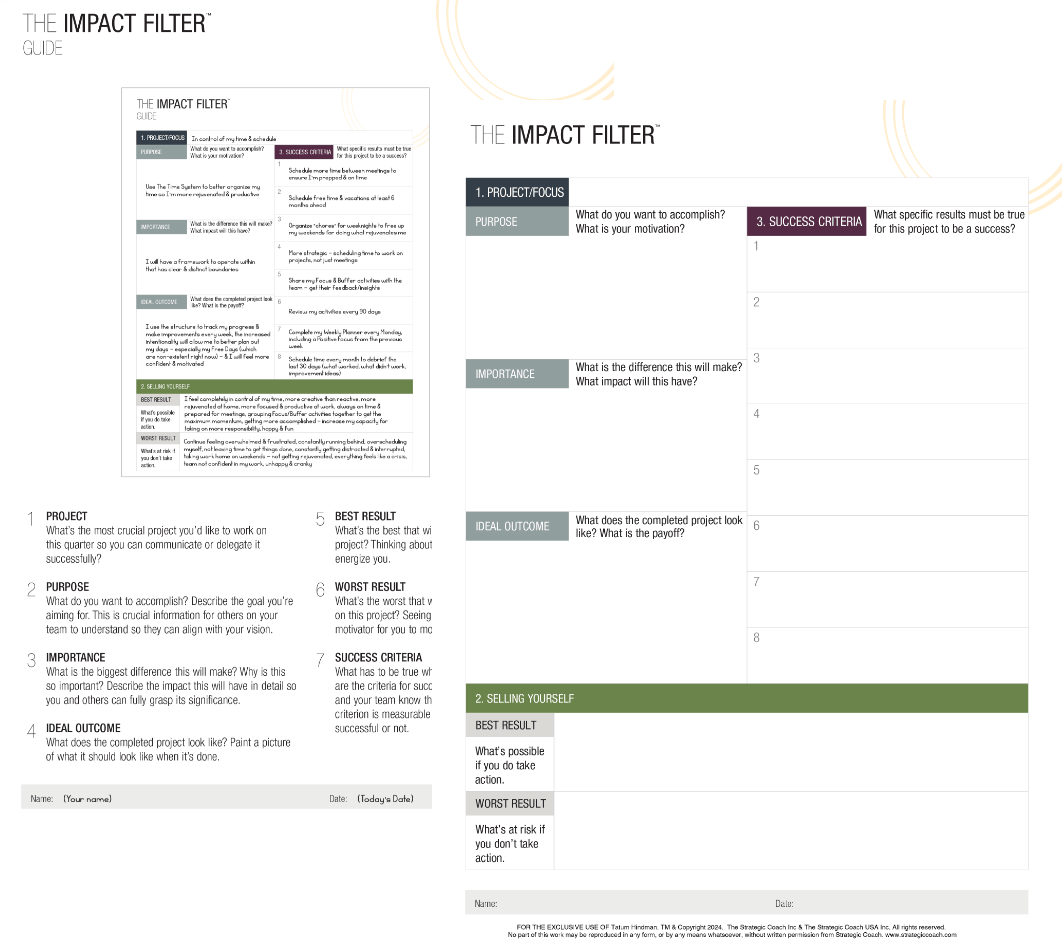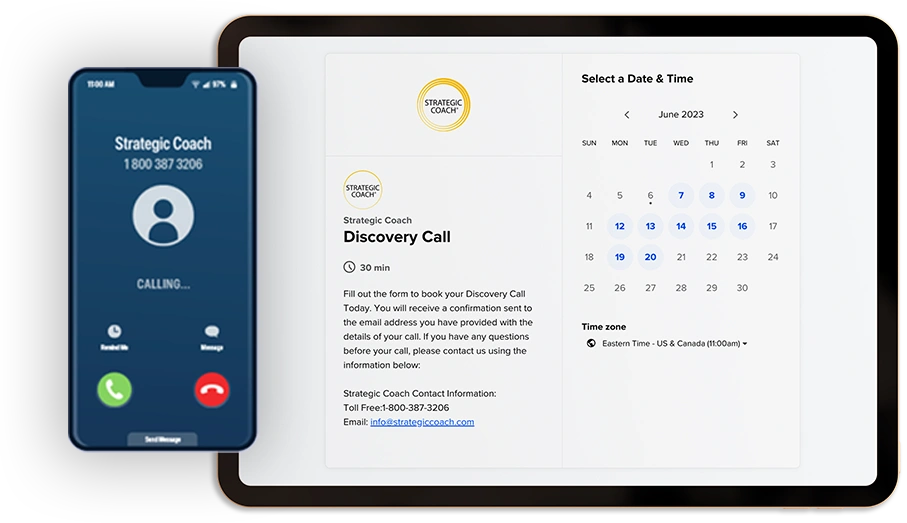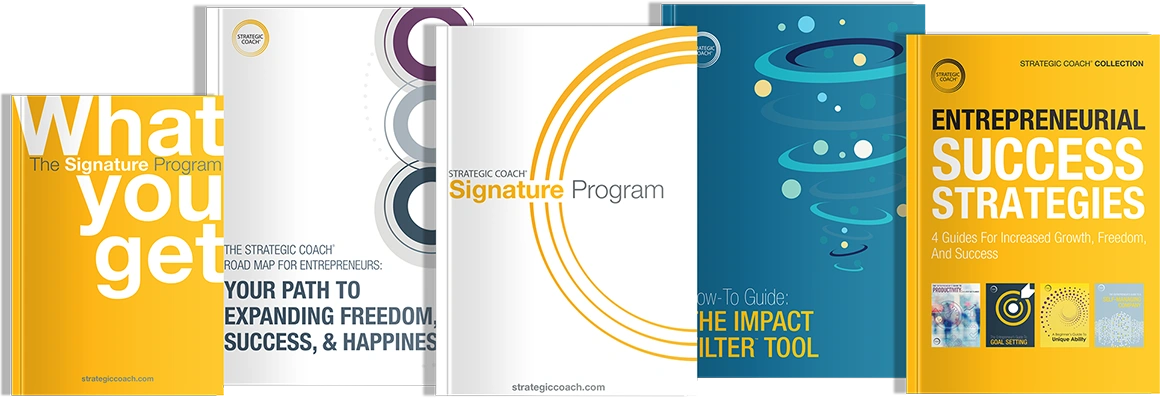Maximizing Opportunity: Preparing For Your Business’s Next Big Leap
What you’ll learn in this Multiplier Mindset blog post:
- The top three challenges entrepreneurs face when trying to get to the next level.
- The common factors inside businesses that make big leaps successfully.
- How to prepare for big opportunities in the upcoming year.
One of the most exhilarating experiences for any entrepreneur is to jump to a new level of income, capability, satisfaction, and usefulness. This can often appear to happen quite quickly: We’ve seen entrepreneurs increase their revenues by millions within the span of a quarter. But, far from being the result of some rapid shift or instant “aha,” these apparent leaps are almost always the proverbial “overnight success several years in the making.”
Over many years of coaching, we’ve noticed that, regardless of the unique characteristics of the entrepreneur or the industry in which they operate, some common factors provide a solid platform from which to jump on opportunities and power your future. Before we explore these, let’s look at the top three challenges entrepreneurs face when trying to get to the next level.
Challenge #1: No time to think about the future.
Many entrepreneurs get caught up in the day-to-day complexities of their business. The first challenge is to free up enough mental energy and creativity to see the growth opportunities that abound and to understand which are most appealing and aligned with your longer-term life goals.
Challenge #2: Too much focus on the future, not enough on the present.
Think about your company as having two parts—a “Present Company,” which exists now, and a “Future Company,” representing where you’re going. Successful leaps require a balance between focusing on your present and future companies. Get your daily operations running well so that you can devote more time, resources, and creativity to growth plans and strategies.
Challenge #3: Capability doesn’t match opportunity.
Opportunity and capability don’t always grow at the same rate. Big opportunities can strain the business if you lack the time, resources, systems, or structures to take them on.
You’ll want to build capabilities that can be stretched without breaking. This means having a clear vision of your unique talents and strengths as a company: a confident, growth-oriented team; effective, scalable systems; a great capacity to find and train the right people; skills at delegating, outsourcing, and creating strategic partnerships; and effective collaboration, communication, and problem-solving capabilities.
Preparing for your business’s next big leap.
So, how do you build your capabilities to maximize the big-leap opportunities that come your way?
- Take Free Days. Free Days, 24-hour stretches in which you’re completely away from the business, allow your team to rely on their knowledge and resourcefulness, learn from mistakes, and develop new and better processes.
- Identify your Focus activities. One of the most useful ways to protect your time and attention is to determine your “Focus activities”—the things you do that create your biggest results.
- Practice the art of delegation. As you start handing over non-Focus activities and taking more time off, you learn the art of delegation. In turn, your team hones their role in this process, learning to take on and achieve those tasks and communicate with you about their results.
- Focus on increasing your confidence. Your team’s expanding abilities make them feel more confident about taking on new pieces of the business. They feel supported in bringing their ideas and creativity to these tasks. You, in turn, feel more confident about your opportunity to focus on your best abilities.
- Be in charge, not in control. Over time, you and your team learn that you, the entrepreneur, can be in charge without having to be in control. As the ship’s captain, you don’t have to keep running down to the boiler room; you can focus on turning the wheel according to your map.
- Envision your future. Having a vision of where you want to go gives a context for all your efforts and keeps you focused. Every new opportunity can be measured against the future you want to create.
- Discover your unique talents and passions. Identify the talents that get you the best results, that your clients value, and that you’re most passionate about using, and identify those of your team. These emerge from the unique wisdom, processes, and relationships you and your team have developed.
- Foster organic growth. Nature favors structures that work. Concentrate on the process you use to deliver your wisdom, and build more value into each step to create sustainable growth.
A new state of readiness.
What looks like a big leap from the outside is usually the result of lots of preparation—accruing wisdom out of experience, building relationships with other people whose growth goals align with your own, and refining the methods and systems you rely on to get results.








